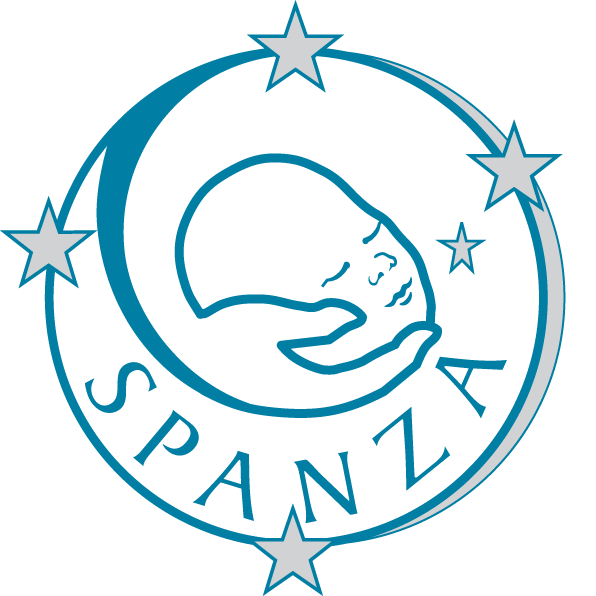Regional Analgesia in Pediatric Cardiothoracic Surgery
A Bayesian Network Meta-analysis
Journal of Cardiothoracic and Vascular Anaesthesia
Submitted July 2025 by Dr Aisling Gormley
Read by 479 Journal Watch subscribers
This meta-analysis compared the effect of 13 different epidural and regional anaesthetic techniques (ERATs) on opioid consumption and pain scores in paediatric patients following cardiothoracic surgeries.
Methods
A database search identified studies assessing the effect on ERATs on elective paediatric cardiothoracic patients. Primary endpoint was opioid consumption within 24 hours. Secondary outcomes were pain scores, time to first rescue analgesia, and incidence of PONV. P-value was set at <0.05
Results
24 studies (n=1602) evaluating thoracic epidurals and 12 different regional anaesthetic techniques were included. Opioid consumption was evaluated in 13 studies (n=746). All ERATs significantly reduced 24-hour opioid requirements. Thoracic retro-laminar block (TRLB) significantly reduced opioid consumption in comparison to other techniques. All ERATs reduced opioid consumption beyond the predetermined minimum clinically important difference (MCID).
The effect of ERATs on pain scores varied over time. The thoracic retro-laminar block (TRLB) resulted in least pain immediately post-operatively. Paravertebral block (PVB) had least pain at 2 hours. At 4- and 6-hours post-surgery pain scores were lowest for combined transversus thoracic plane block (TTPB) with serratus anterior plane blocks (SAPB); and TTPB alone had greatest reduction in pain scores at 12 and 24 hours (non-significant).
Nine studies (n= 575) assessed time to first rescue analgesia. All ERATs analysed significantly prolonged the time to first rescue dose. Pectoral nerve block (PECS) was most likely to prolong time to rescue analgesia. TRLB had the second greatest effect. Time frames are not reported. No ERAT had a significant effect on PONV.
Commentary
This paper adds to a limited body of work. There are no similar meta-analyses in paediatric cardiothoracic patients.
Sternotomy or thoracotomy incisions can result in difficult pain management and secondary morbidity. Findings confirm the benefit of all 13 ERATs in the management of paediatric patients following cardiothoracic surgery.
Opioid consumption and pain scores were interpreted in terms of (MCID). This patient centred approach looks beyond absolute numbers to identify the smallest change that patients would find meaningful. All techniques in this study met the MCID threshold reiterating their benefit to the study population.
Multiple newer alternatives to ‘gold standard’ techniques of erector spinae block and thoracic epidural are highlighted. Of note, TRLB and TTPBs appear compare most favourably. Both are relatively new, less invasive, fascial plane blocks. In the context of anticoagulation for cardiothoracic surgery these techniques may provide a non-inferior, lower risk alternative for post-operative analgesia. Further larger randomised control studies comparing TRLB and TTPB to gold standard techniques are required to confirm this.
Study strengths:
A wide range of ERATs are included, including less commonly used techniques. Individual study populations were small, but use of Bayesian modelling allowed enabled multiple comparisons between groups to identify clinically significant data.
Limitations:
As acknowledged by the authors, direct comparisons between techniques are limited due to heterogeneity between studies. There are many variations between study protocols, techniques and outcomes measured, reducing generalisability of findings.



